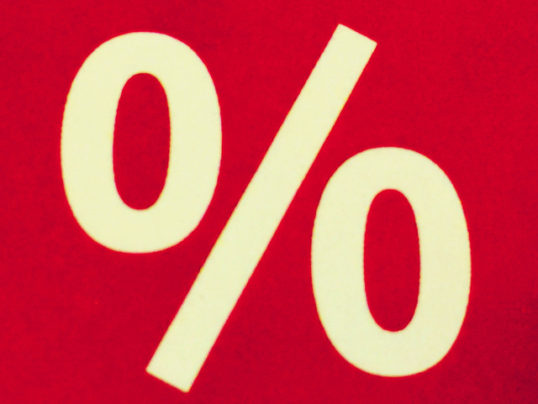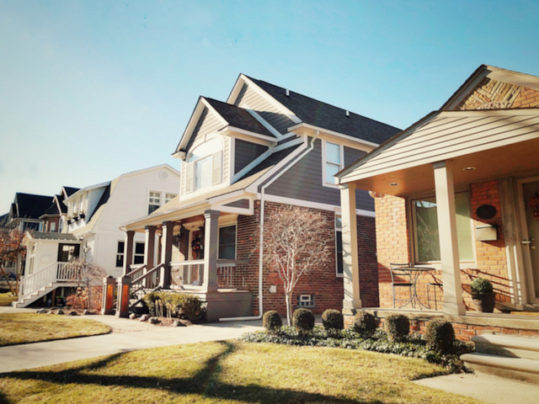Housing conditions are largely dictated by supply and demand. Take a look at the balance of interested buyers to available homes and you can get a good idea where the market is headed. But while that seems simple enough, the underlying factors that cause shifts in supply and demand are less clear cut. That’s because there are an almost infinite number of things that might play a role. Everything from the global economy to the time of year can affect the balance of buyers and homes for sale. For example, the typical home buyer likely doesn’t think a lot about how the cost of lumber affects how much they’ll pay for a home. It does, though. In fact, according to the National Association of Home Builders, lumber prices have been high for a while now and, since mid-April, have moved even higher. The reasons have to do with a lack of domestic production and tariffs on Canadian lumber. However, the affect is that home builders have to add that cost to the price of new homes. That can slow the number of homes being built and drive the price up on the ones that are. Ultimately, that means high lumber costs hinder home building, which contributes to a lack of affordable inventory and higher home prices across the board. (source)
How Lumber Costs Affect The Price Of Homes











